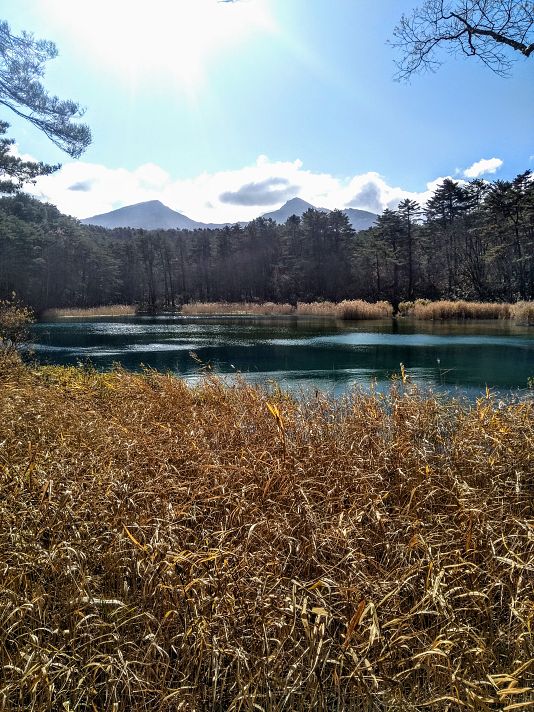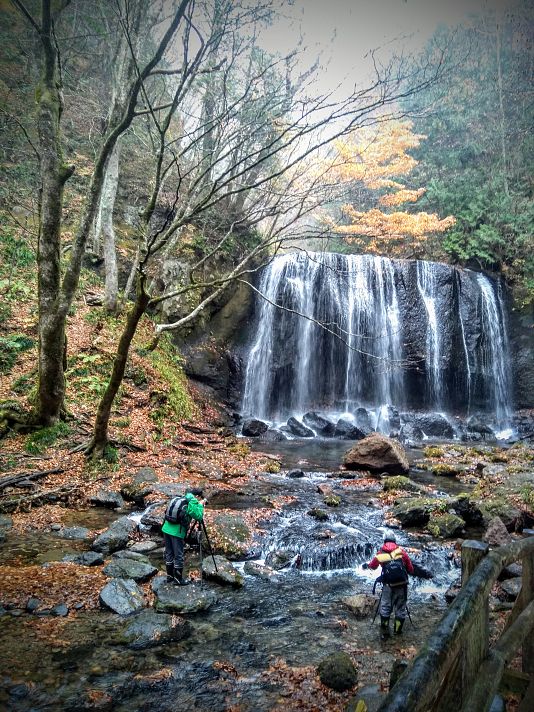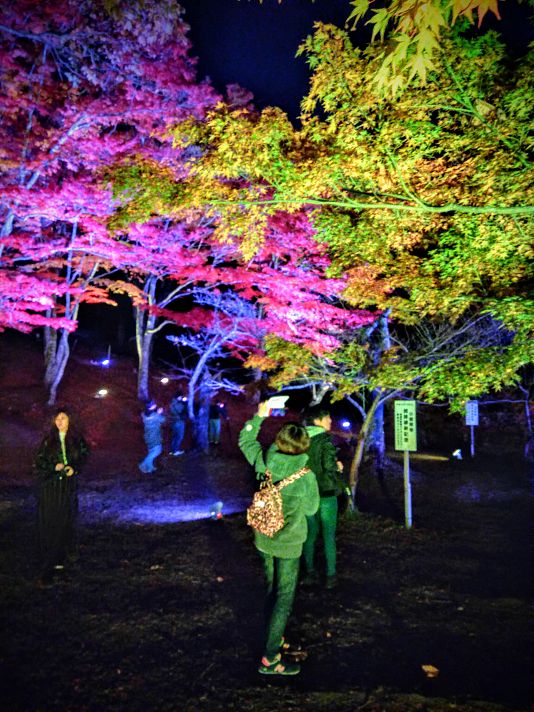Forests bathed in shades of red are an enchanting autumn destination for visitors to Japan
by Marta BrambillaUrabandai in the Fukushima Prefecture is a place that’s become very popular for nature sightseeing - and it’s at its best during autumn.
Japanese families visit to show the spot to their children, while canoeing is available for the more adventurous.
The way Shinto thinks about nature is not to dominate it - but to live in symbiosis with it.Shigetsugu Miyazawa
Shinto Priest

“The Bandai Mount you can see over there erupted 131 years ago, spilling out a great deal of earth and sand,” says guide Mutsuhiro Ikea. “The river was blocked and the lake formed. Then trees were replanted here and so nature has recovered.”

Going deep into the forest, the Goshikinuma Walk, a four kilometre path, is famous for its ponds in different shades of blue.
The relationship between the Japanese and nature is tight, almost spiritual - according to Hanitsu Jinja priest Shigetsugu Miyazawa.
“The way Shinto thinks about nature is not to dominate it - but to live in symbiosis with it,” he explains. “This is how we think.”
And when night falls, you have the impression you’re in a fairy tale.

Watch Marta's report in the video player above